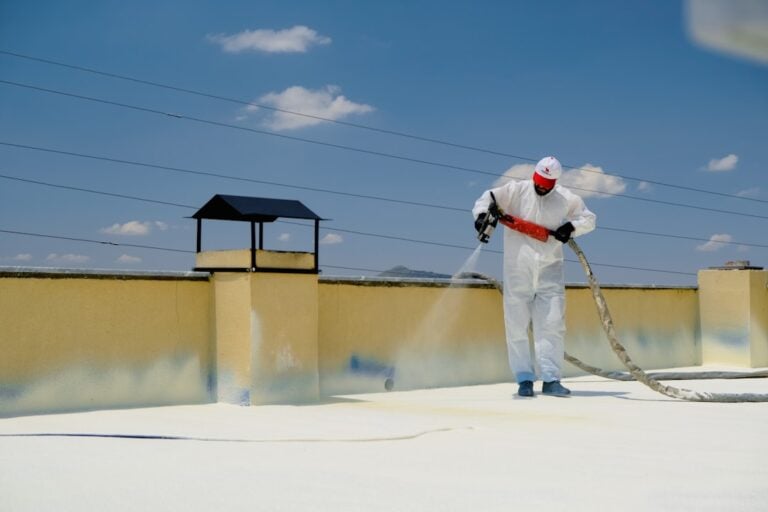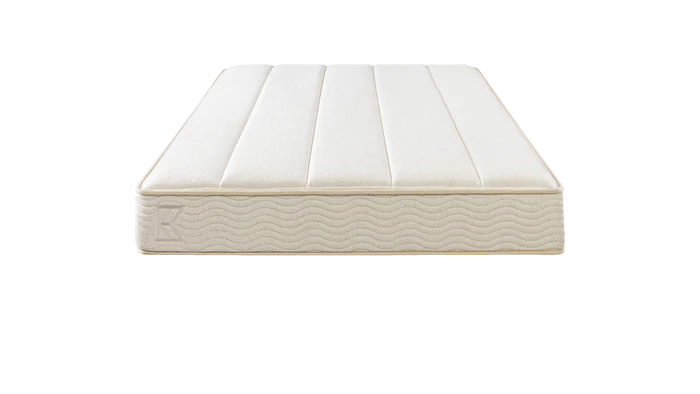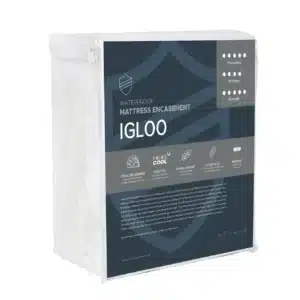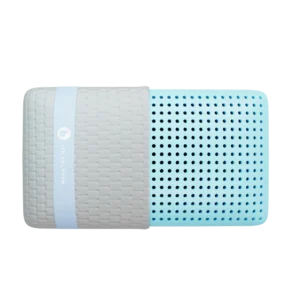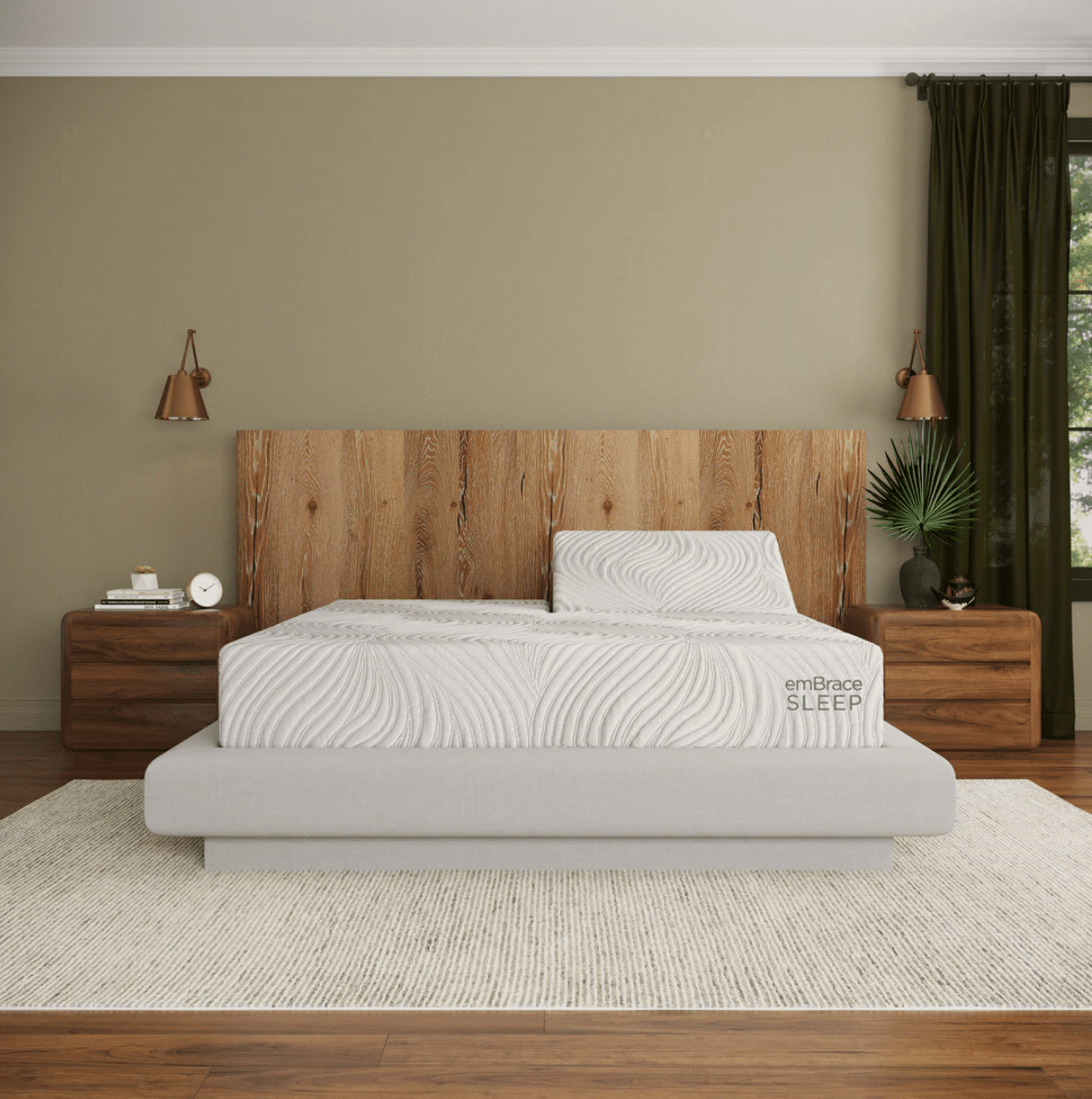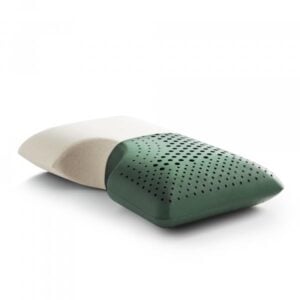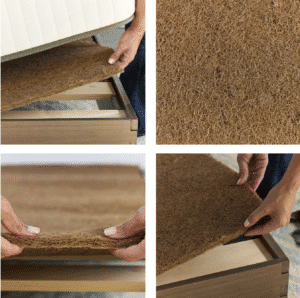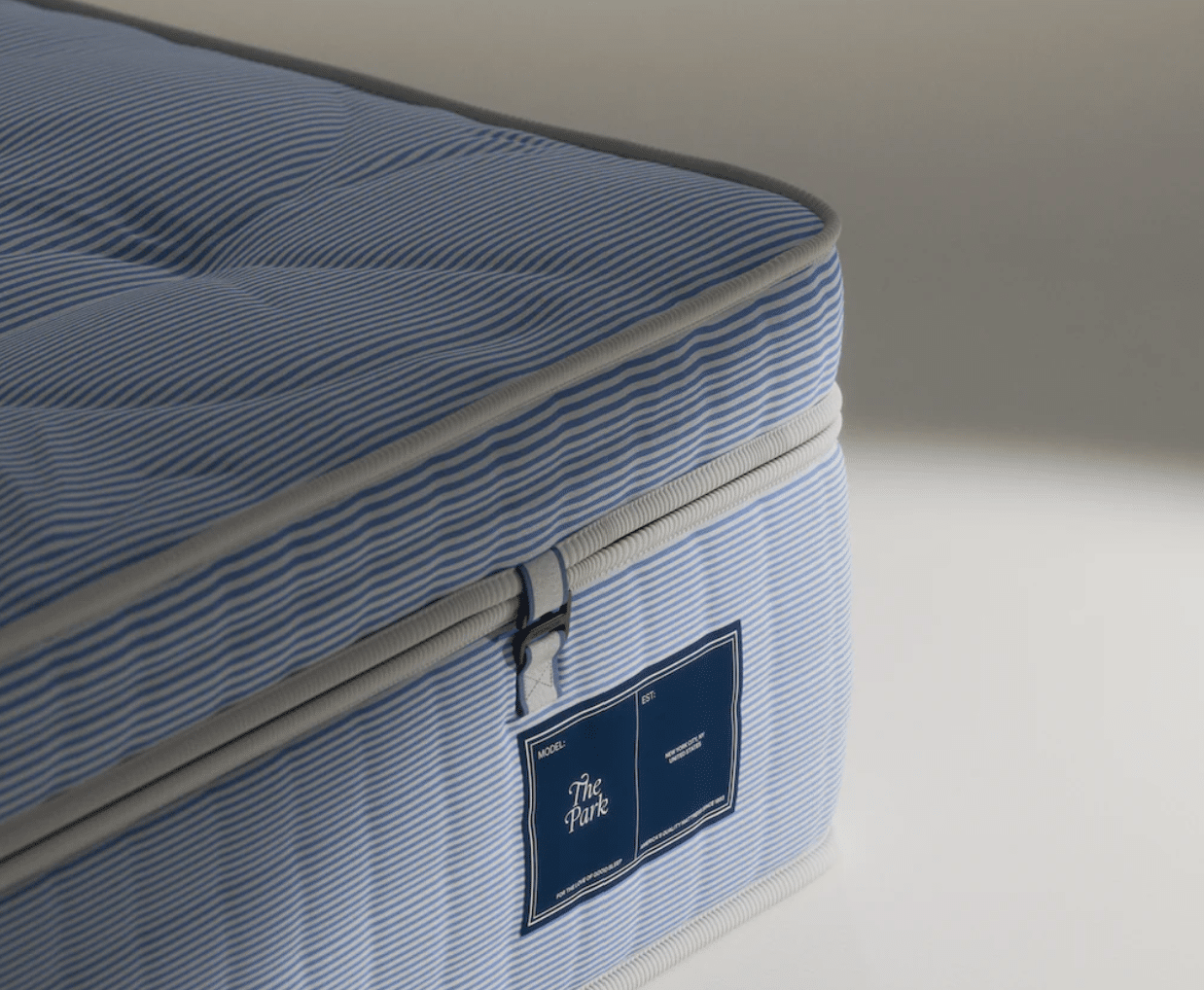The Ultimate Guide to Open Cell vs Closed Cell Foam Comparison
Choosing Between Open Cell Foam and Closed Cell Foam
When navigating the world of insulation, distinguishing between open cell foam and closed cell foam can significantly impact your project’s success. Understanding their unique characteristics empowers you to select the right material—whether for insulating your home, soundproofing a space, or enhancing your sleep quality with the right mattress.
Here’s a brief overview to kick things off:
Open Cell Foam: Soft, flexible, and excellent for sound absorption, this foam offers ample breathability but lacks in water resistance.
Closed Cell Foam: Dense and rigid, this foam is impermeable, making it ideal for moisture-prone areas.
Choosing the appropriate foam is essential for achieving optimal insulation and comfort levels. Each foam type brings its own set of advantages and limitations, often determined by your specific needs. My name is Ben Trapskin, and I’m thrilled to guide you through the nuances of open cell vs closed cell foam. My journey in search of better sleep and home comfort has given me insight into these materials. Let’s delve deeper into each foam type and discover their unique benefits.
What is Open Cell Foam?
Open cell foam is an insulating material characterized by its unsealed cells—imagine thousands of tiny bubbles that are interconnected rather than closed off. This structure makes open cell foam soft and highly flexible.
Benefits of Open Cell Foam
– Expansion: One of the prime qualities of open cell foam is its ability to expand significantly upon application. This feature enables it to effectively fill gaps and hard-to-reach spaces, ensuring a comprehensive seal throughout.
– Soundproofing: Thanks to its open structure, open cell foam excels at sound absorption. The open cells allow sound waves to enter and dissipate, making it a fantastic option for homes or offices in noisy climates.
– Affordability: Generally, open cell foam is more budget-friendly than its closed cell counterpart. Its simpler manufacturing process and lower material usage make it a cost-effective choice for numerous insulation projects.
– Energy Efficiency: While its R-value may be lower than that of closed cell foam, open cell foam still contributes to energy savings by creating an effective air barrier, particularly in moderate climates.
Disadvantages of Open Cell Foam
– Moisture Absorption: Its open structure means open cell foam tends to soak up moisture. This can pose issues in damp environments, such as bathrooms or basements, where moisture control is vital.
– Lower R-value: With an R-value of around 3.5 per inch, open cell foam offers less thermal resistance compared to closed cell foam. This may not be suitable for extreme temperature conditions.
– Limited Use in Extreme Temperatures: Due to its lower thermal resistance and moisture absorption qualities, open cell foam isn’t ideal for areas facing wide temperature fluctuations or high humidity.
By grasping these attributes, you can make an informed decision on whether open cell foam fits your project’s needs. Next, let’s dive into closed cell foam and its unique qualities.
What is Closed Cell Foam?
Closed cell foam is an insulating material packed with tightly sealed cells, making it dense and rigid. Picture a collection of tiny balloons pressed closely together. This unique structure offers remarkable benefits alongside some challenges.
Benefits of Closed Cell Foam
– Waterproof: The tightly packed cells render closed cell foam highly effective at preventing moisture intrusion, making it an excellent choice for moisture-prone regions.
– Higher R-Value: Closed cell foam boasts superior thermal insulation, with an R-value ranging from 6.0 to 7.0 per inch. This allows for better insulation with less material, ideal for space-constrained areas.
– Structural Integrity: Its rigidity adds strength to walls and roofs, providing an additional layer of protection to your structure.
– Vapor Barrier: Acting as a moisture barrier, closed cell foam prevents dampness from penetrating walls and ceilings, significantly reducing the risk of mold and mildew development.
Disadvantages of Closed Cell Foam
– Cost: Typically more expensive than open cell foam, closed cell foam’s manufacturing complexity and high density contribute to its price.
– Less Flexibility: Its rigidity can complicate installation in tight or irregular spaces, as it does not expand like open cell foam.
– Limited Soundproofing: Though it does provide some sound insulation, it’s generally not as effective in this regard as open cell foam due to its dense structure.
Understanding these benefits and drawbacks will guide you in deciding whether closed cell foam is suitable for your project. Next, let’s examine the key differences between these two foam types.
Key Differences: Open Cell vs Closed Cell Foam
Density and R-Value Comparison
One notable distinction between open cell and closed cell foam is their density. Open cell foam is lighter, typically around 0.5 pounds per cubic foot, resulting in greater flexibility. Conversely, closed cell foam has a higher density—often around 1.75 pounds per cubic foot or more—leading to increased rigidity.
The R-value is another critical difference. Closed cell foam’s R-value ranges from 6.0 to 7.0 per inch, providing effective thermal insulation. Open cell foam, however, offers an R-value of about 3.5 per inch, which might not be suitable for extreme temperatures.
Expansion and Application
Expansion capabilities significantly influence how these foams are utilized. Open cell foam can expand up to three inches upon application, efficiently filling gaps and sealing irregular spaces. Its versatility makes it ideal for soundproofing and general insulation.
In contrast, closed cell foam expands to about one inch, necessitating multiple layers to achieve the desired insulation level. This property makes it suitable for applications where high insulation is critical but space is limited.
Best Applications for Open Cell Foam
Open cell foam’s versatility and affordability make it an advantageous choice for various applications:
– Soundproofing: Its porous structure excels in reducing noise transmission. Ideal for:
– Home theaters
– Recording studios
– Bedrooms
– Filling Gaps: Perfect for:
– Renovations
– Attics and crawl spaces
– Window and door frames
– Budget-Friendly Insulation: Suitable for:
– Wall cavities
– Ceilings
– DIY projects
Best Applications for Closed Cell Foam
closed cell foam stands out in environments requiring moisture resistance, structural support, and superior insulation:
– Moist Environments: Ideal for:
– Basements
– Crawl spaces
– Exterior walls
– Structural Support: Excellent for:
– Pole barns
– Metal buildings
– Foundations
– High R-Value Insulation: Key in:
– Attics
– Walls
– Roofs
Frequently Asked Questions about Open Cell vs Closed Cell Foam
Which is better, open cell or closed cell foam?
The answer lies in your specific needs. Closed cell foam excels in thermal insulation and moisture resistance, while open cell foam is more flexible and budget-friendly.
What are the disadvantages of open cell foam insulation?
Key drawbacks include moisture absorption, a lower R-value, and limited effectiveness in extreme temperatures.
Is closed cell foam better than open cell foam for sound?
No, open cell foam is generally superior for soundproofing.
Conclusion
Choosing between open cell foam and closed cell foam relies on your specific requirements and objectives. Both types possess unique properties, making them suitable for diverse applications.
Open cell foam shines in soundproofing, gap filling, and affordability but may struggle with moisture resistance and has a lower R-value. Closed cell foam, with its superior insulation properties and water resistance, is ideal for areas where structural support is needed, albeit at a higher cost and with less flexibility.
At Yawnder, we recognize the significance of selecting the right foam for your project. If you’re ready to explore your options further or have any questions, our experts are here to assist you in making the most informed choice. Understanding the nuances of open cell versus closed cell foam can lead to a more energy-efficient and comfortable living space.


